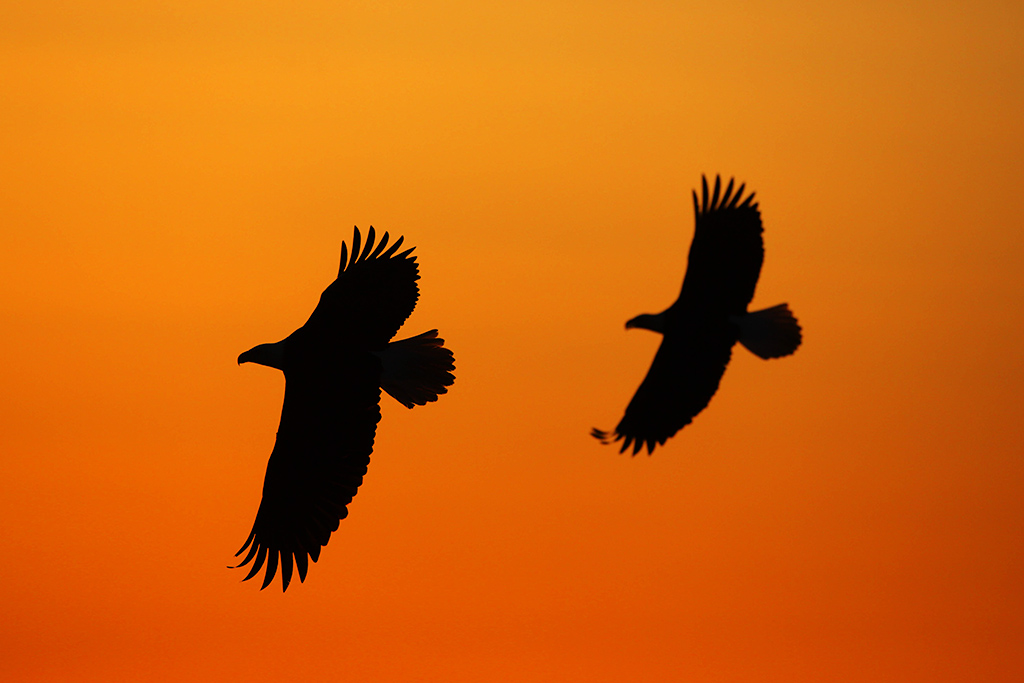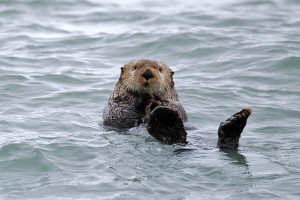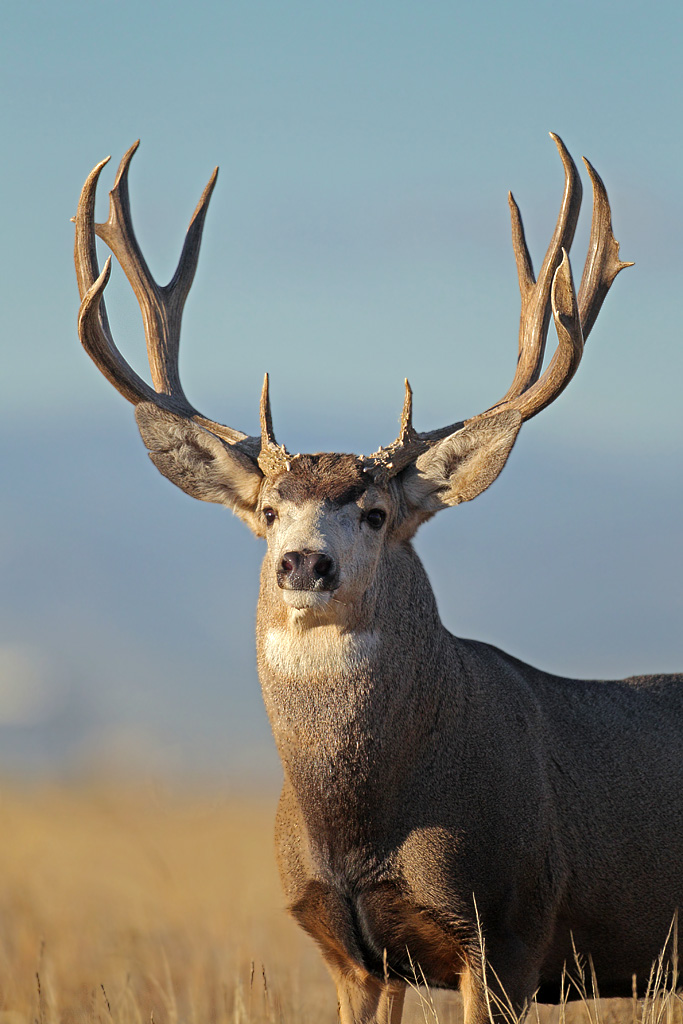
For many aspiring wildlife photographers capturing frame filling beautiful portraits of their favorite birds or animals in the wild is often their primary goal. This is certainly an understandable and a worthwhile endeavor. When I began photographing wildlife over thirty years ago, I was inspired by the striking wildlife photos of Leonard Lee Rue III and Erwin Bauer. I carefully studied how they used the light, controlled backgrounds, and placed their subjects in the frame to create pleasing wildlife portraits. Meeting Lenny and Erwin in Yellowstone National Park in 1983 and having extensive discussions about wildlife photography with them inspired me even more. I pursued the perfect wildlife portrait relentlessly and over time accumulated a large collection. As time passed I became less and less satisfied with my wildlife photography. I desired more evocative images with impact. I felt as though I really needed to elevate my images to a higher level. I will discuss some of the methods I’ve used to achieve that goal and continue in my evolution as a wildlife photographer.
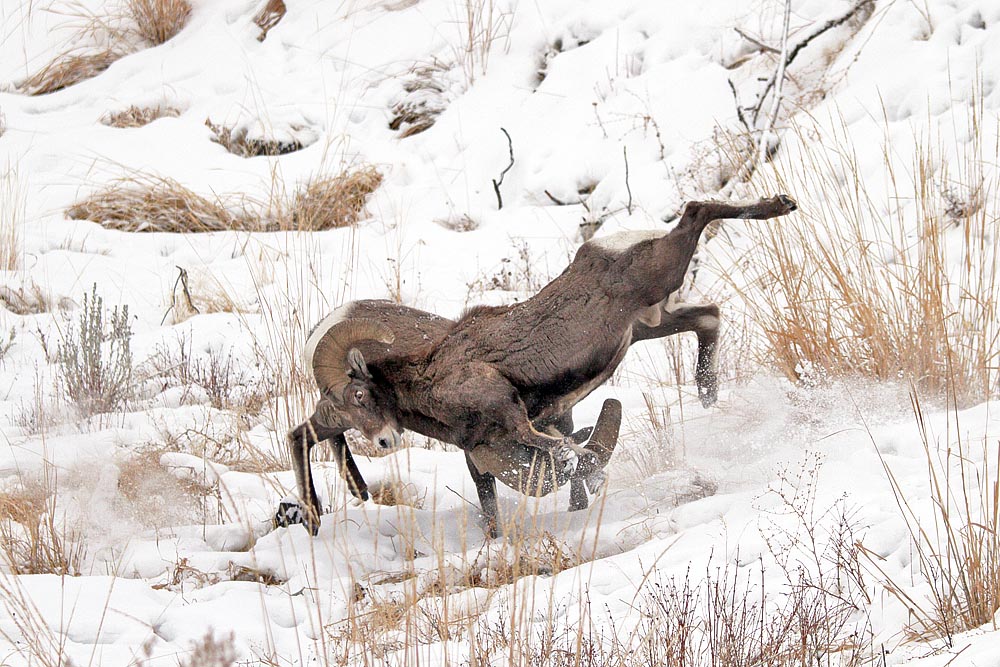
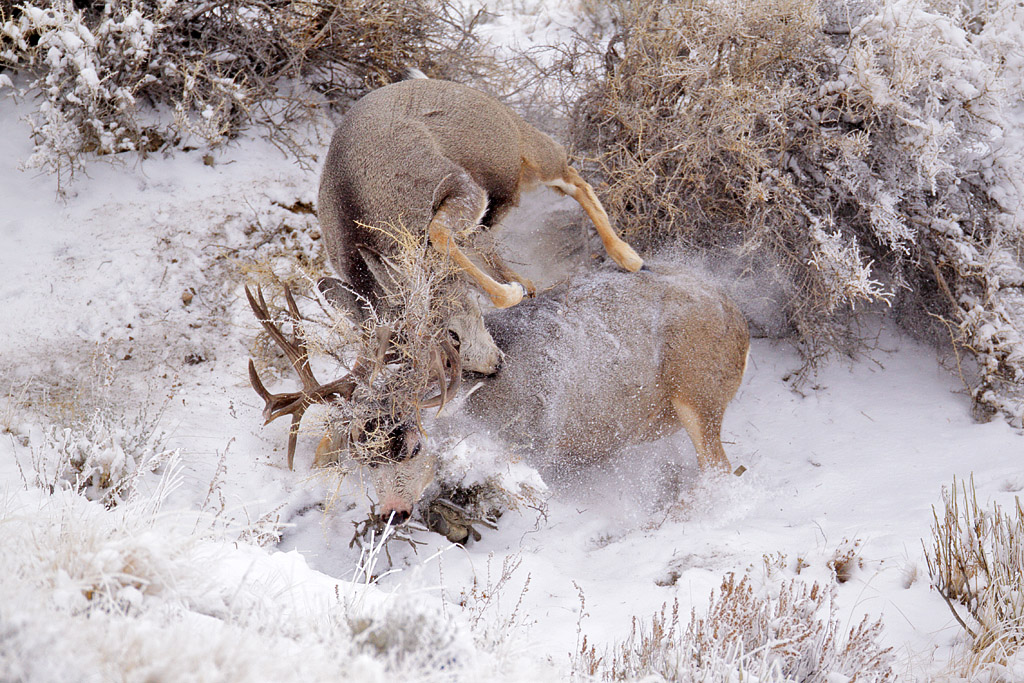

A sure way to take your photography to a new level is to capture your subject in action and intense subject action can lead to a once in a lifetime photo. Capturing extreme subject action in still photography has never been easier. Most camera systems now have excellent autofocus capabilities which allow you to achieve accurate focus on moving subjects. Modern digital cameras can now effectively utilize a higher ISO which allows you the ability to use high shutter speeds that were never before possible. Many cameras have frame rates of ten to twelve frames per second. This gives you the ability to capture the peak dramatic moments. Control of your shutter speed allows you to depict motion in a number of ways. Using a slower shutter speed can give your subject a bit of movement which helps depict motion whereas a high shutter speed will freeze everything. When the action starts fire away.
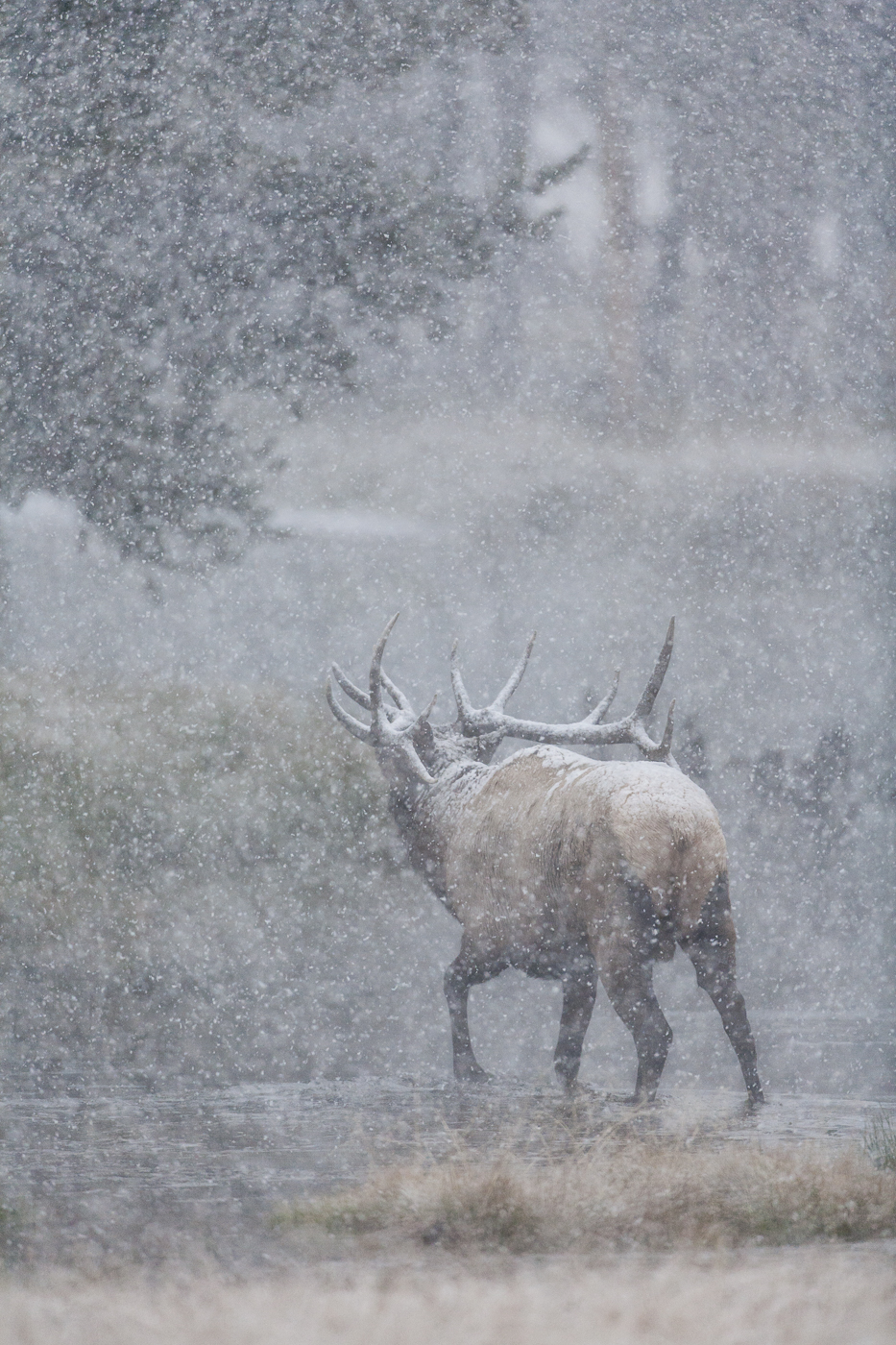
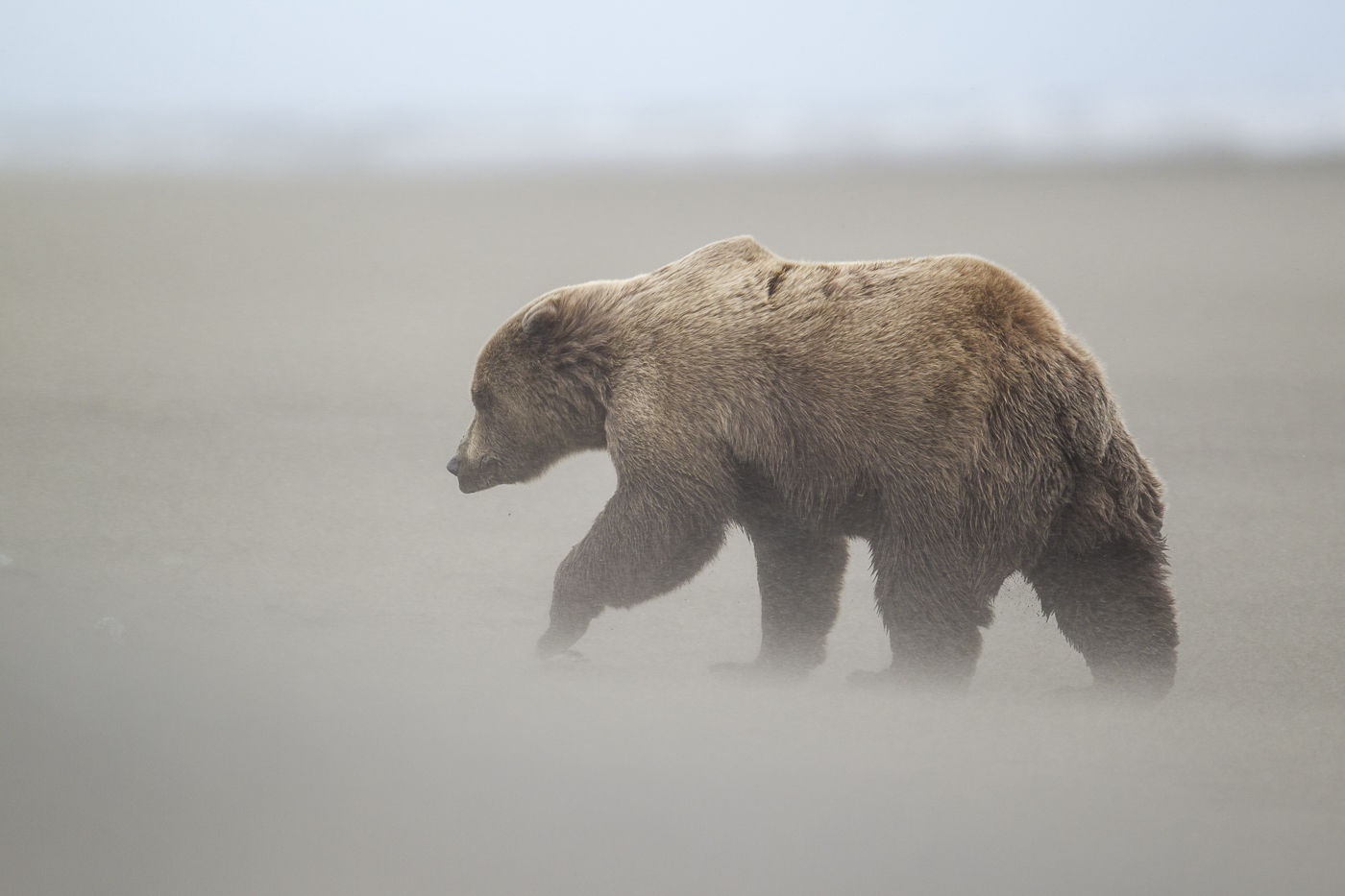
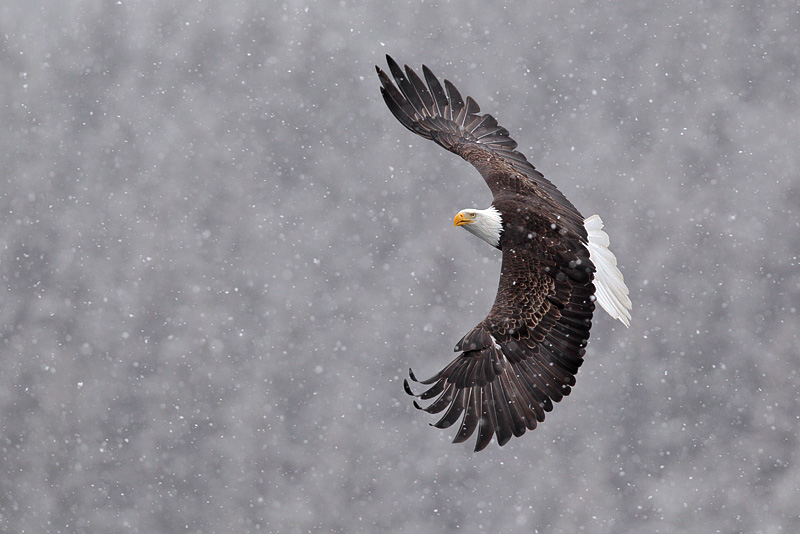
Dramatic weather also can lead to dramatic images. Falling snow, rain, fog and even wind driven sand can add interest to the wildlife image. Many photographers tend to avoid photographing in extreme conditions so when you capture images in such conditions they will be unique and that is highly desirable. Photographing wildlife when snow is falling is perhaps my favorite adverse environmental condition to work in. Dressing yourself as well as your cameras for the conditions allow you to work comfortably. There are some technical difficulties to overcome when the snow is falling. Autofocus becomes difficult. The heavier the snowfall the more likely the camera will attempt to focus on the falling snowflakes rather than your subject. I use a combination of autofocus and manual override of focus to achieve good results. Your camera will have a tendency to underexpose images during snowy conditions so using manual exposure or dialing in a plus compensation during auto exposure is required.
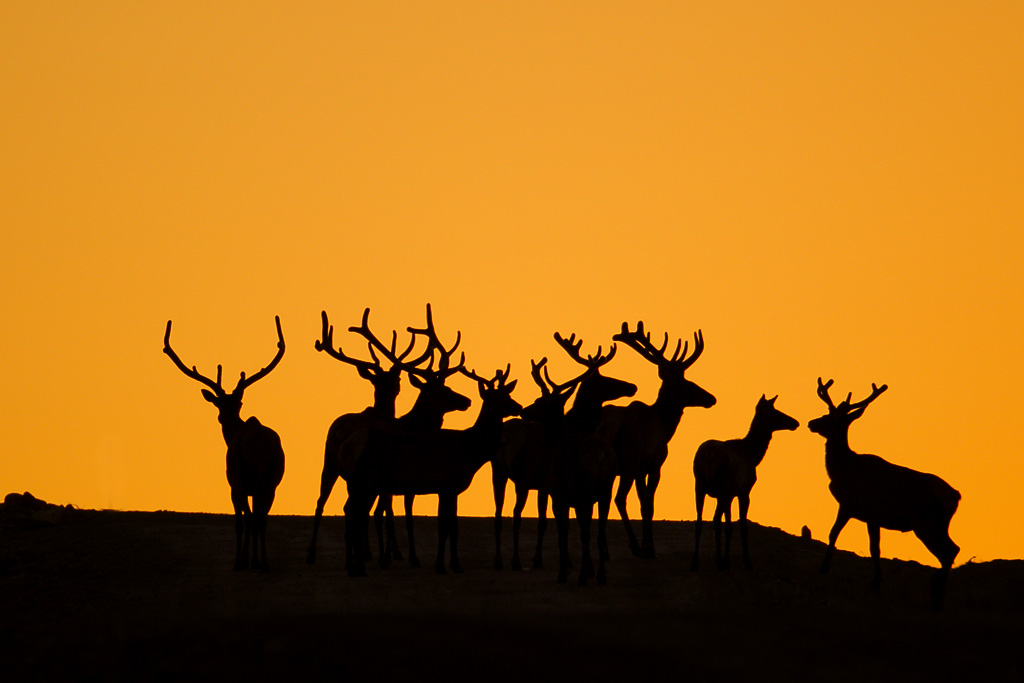
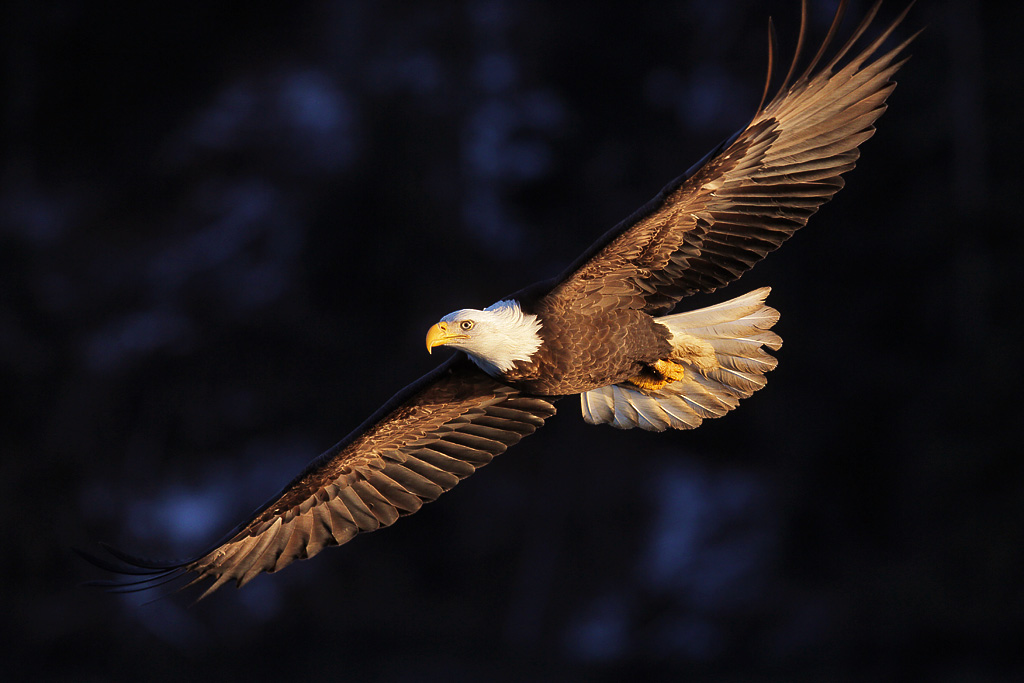

Exceptional light leads to exceptional images. The old adage of keeping the light source over your shoulder for a good photograph, while applicable in certain situations, is quite limiting. Most often now I try to capitalize on dramatic or unusual lighting situations. Today’s cameras allow me to get out earlier, stay out later and even photograph at night. Side lighting, backlighting, spotlighting and silhouettes are also great lighting situations that help make your images stand out. The ability of today’s cameras to pull detail out of shadowed areas of an image while maintaining correct exposure on the highlights opens up many possibilities as well. With the advancements made in flash photography and the availability of infrared camera traps, never before seen behaviors and habits of nocturnal wildlife is another new and exciting genre of wildlife photography.
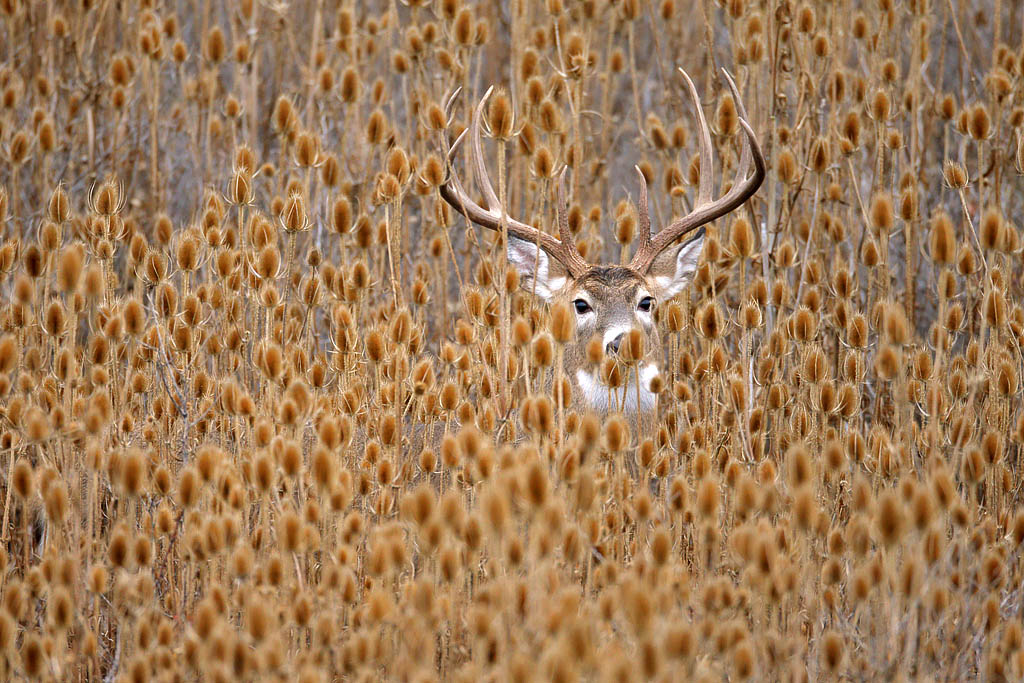

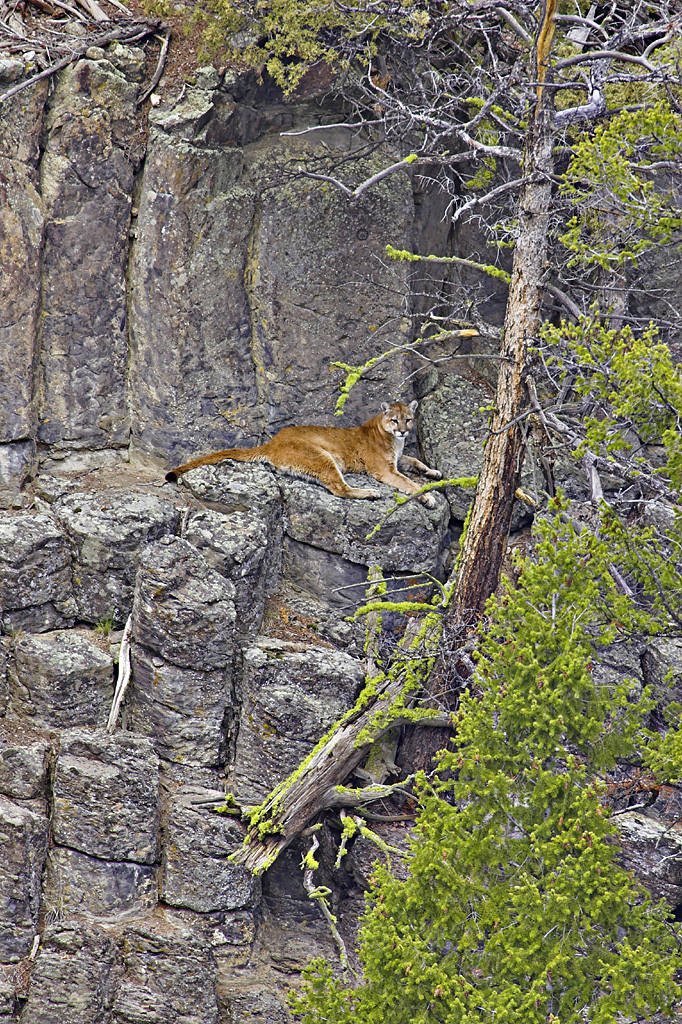
Spectacular surroundings will lead to spectacular images. Early in my career I used to adhere to the axiom of “less is more” in wildlife photography. I tried to isolate my subject from any distracting elements. While this is still a great approach for the perfect portrait I now find myself searching for a great animalscape. When you strategically compose wildlife in an already fine landscape image you create an image that will stand the test of time. These days I never go into the field without a second camera with a shorter lens attached, such as a 70-200mm, slung over my shoulder. You don’t want to miss a chance to capture a memorable animalscapes. as they don’t come around often.
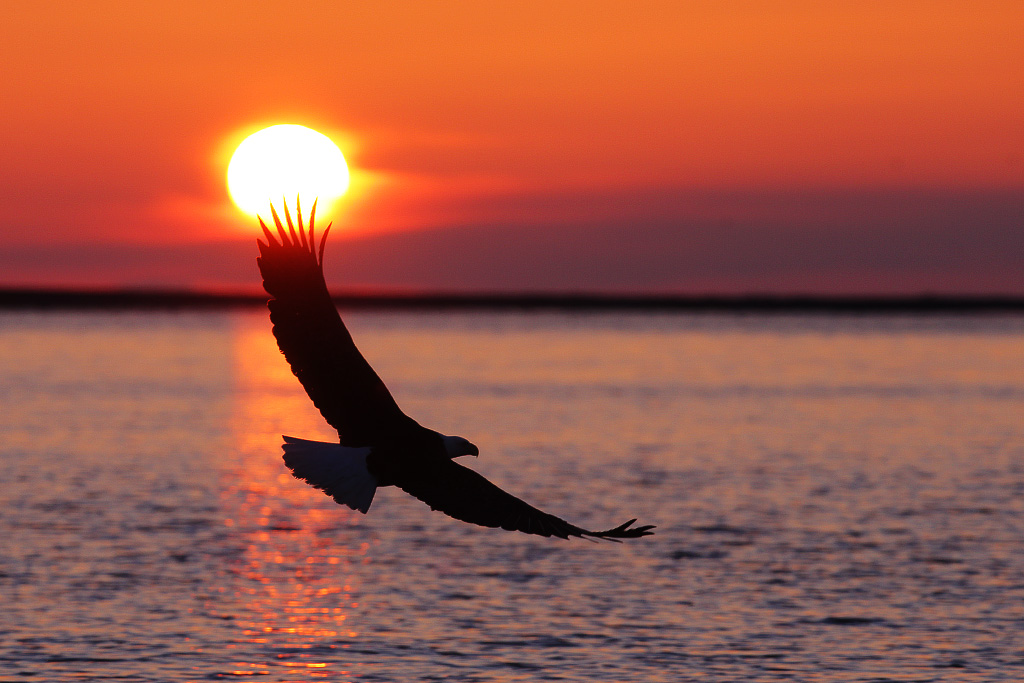
Remember, always be looking for exceptional light and be ready for action. When it occurs take advantage of it. When the weather turns bad, wildlife photography can be good. Break out your camera and make the best of it. Find landscapes with wildlife in the scene to create memorable images. With this methodical approach to wildlife photography you can take your imagery to a new level.
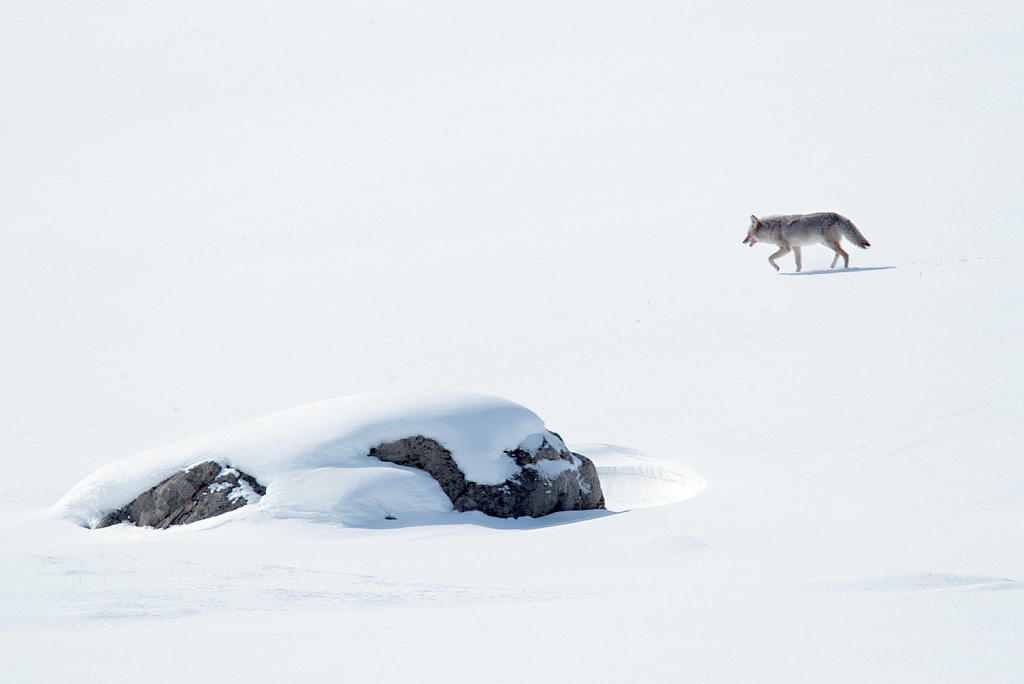
D. Robert Franz has been a professional nature & wildlife photographer for 35 years. With undergraduate degrees in wildlife management and geology and graduate studies in earth science he has extensive knowledge of the natural world. During his productive career he’s published nearly fifteen thousand images and nearly two hundred magazine covers. In 2007 Digital Photography Magazine proclaimed Robert as one the worlds best wildlife photographers. Having a long standing love for the Greater Yellowstone Ecosystem Robert and his wife Lorri moved to Cody Wyoming in 2003. For more information on his photo tours and nature photography visit https://www.franzfoto.com.
